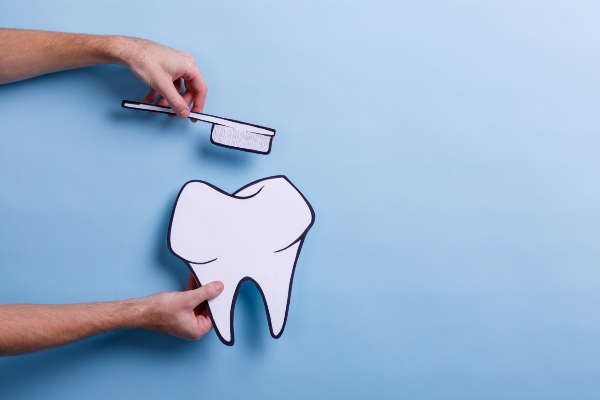 Most dental patients do not set a dental checkup for a dental filling. It is either they are suffering from dental anxiety, or they do not see any holes in their teeth to fill. What may seem like a normal tooth may already need fillings. A dental checkup can determine if the patient needs a dental filling. It also determines the number of teeth that need the treatment. Below are the things that patients should expect from a dental filling appointment.
Most dental patients do not set a dental checkup for a dental filling. It is either they are suffering from dental anxiety, or they do not see any holes in their teeth to fill. What may seem like a normal tooth may already need fillings. A dental checkup can determine if the patient needs a dental filling. It also determines the number of teeth that need the treatment. Below are the things that patients should expect from a dental filling appointment.
First examination
With the first dental exam, dentists can see if the patient needs fillings. The dentist always checks for dental fractures or cavities. These signs of damage need immediate treatment, or infection will set in. A dental X-ray is necessary to see how large the damage is. If more work is necessary, the dentist must schedule the patient for another visit to restore the tooth.
Before the dental filling
Getting a dental filling is a non-invasive procedure. The patient does not need to fast before the dental checkup. Brushing before the procedure helps clear the teeth of food particles. It is better to get dental fillings in the morning. That way, the fillings can establish themselves better in the mouth before bed. The patient does not need to cancel an entire day of work or classes for a dental filling.
Administration of local anesthetic
Pain is usually the deal-breaker in getting fillings. To prevent any discomfort, dentists always numb the affected tooth and surrounding gums. The injection of a local anesthetic does the job. Others use nitrous oxide gas or a topical numbing gel on their patients. For patients with severe dental anxiety, dentists usually offer sedation during the procedure.
Tooth preparation
Once the anesthetic takes effect, the dentist starts to scrape off the decaying parts of the tooth. A handheld device scrapes the decayed parts of the tooth. Waterflow loosens the debris. A suction device removes excess saliva and dislodged material. A gel helps clear the tooth of bacteria and debris.
Filling application
Resin, amalgam, or composite material are good for filling teeth. After removing all the dental damage, the dentist starts to prepare the filling. First is the application of adhesive on the tooth. Then the filling follows. A special light hardens the filling material. The dentist repeats this until there is enough filling that can seal the tooth.
Final touches
After applying the filling, the dentist smoothens any edges and polishes the tooth. This makes the tooth feel and look natural. Biting down on a carbon paper determines if the filling is a bit too high. The dentist files down the filling to allow the tooth to align with the rest of the teeth. It also protects the tooth from any damage after the dental checkup.
Getting your dental filling in one dental checkup is easy
In one dental checkup, your dentist can give you dental fillings. After a thorough assessment, your dentist will administer a suitable anesthetic. The process of getting dental fillings usually takes about half-an-hour or so. After the procedure, you will feel a little discomfort. If there are any issues, another dental checkup can correct them. Dental fillings can restore your teeth and help you gain optimal health.
Are you considering a dental checkup in the Delray Beach area? Get more information at https://www.palmbeachdentistry.com/delray-beach-fl/dental-checkup/.
Recent Posts
Having a dental X-ray is essential at a dental checkup to find decay and other teeth issues. Managing and diagnosing different conditions often happens with an X-ray. The dentist can use the X-ray if it is hard to detect the problems with a simple visual exam. The X-ray can take images of the jaw, tooth…
Patients might have a dental checkup to see if there are any cavities. While looking for holes is a big part of the appointment, it is not the only thing dentists look for. They can also locate gum disease and other oral health concerns. Continue reading to learn what techniques the dentist will use.A comprehensive…
Dental checkups are a common way of preventing gum disease and cavities. Not every visit is the same, but knowing what to expect can help you better understand the process. Your dentist will go over your medical history during the appointment. That way, the dentist can think about family conditions that might affect your oral…


